Discovering about Justicia Gendarussa’s Healing Powers.
Justicia Gendarussa is a Medicinal, Flowering Plant. Herbal medicinal and non-evergreen plant. Shrubs plant, medium, Bushy plants with multiple woody stems. The most common English name for Justicia Gendarussa is Willow-leaved Justicia. Indonesia: Daun Rusa, Gardarusa. Indian people called it Willow-leaved Justicia. Philippines are known as Pandacaqui. Australian People Known as Tropical Water Willow. Bangladeshi People called it Nil Kancha, Jagotmodon(জগৎমদন). In Thailand called it หางนกแก้ว (Hang Nok Kaeo).In Vietnam known as Cỏ mật lưỡi. Myanmar People Called it မြန်မာ့ငှက် (Myanmar Nge). Nepali nickname is निर्जरी (Nirjari). Malaysian are called it Java Glorybower. Karunochi in Tamil language. Nili nirgunthi, Krishna nirgundi in Hindi language. Kasanah, Vaidhyasinha in Sanskrit language. Bakas, Kala adulsa in Marathi language.
Justicia Gendarussa: Unveiling Nature’s Healing Marvel: Overview.
Justicia Gendarussa: The leaves, stem or root juice of this plant acts as antibacterial, antimicrobial. Willow-leaved Justicia is now use at Antibiotics, Birth control Pill, Bleeding control, Skin disease etc. It’s a medical plant that’s why people know it. This plant usually grow at beside the Road, River and Botanical gardens etc.
Flower overview of the Justicia Gendarussa.
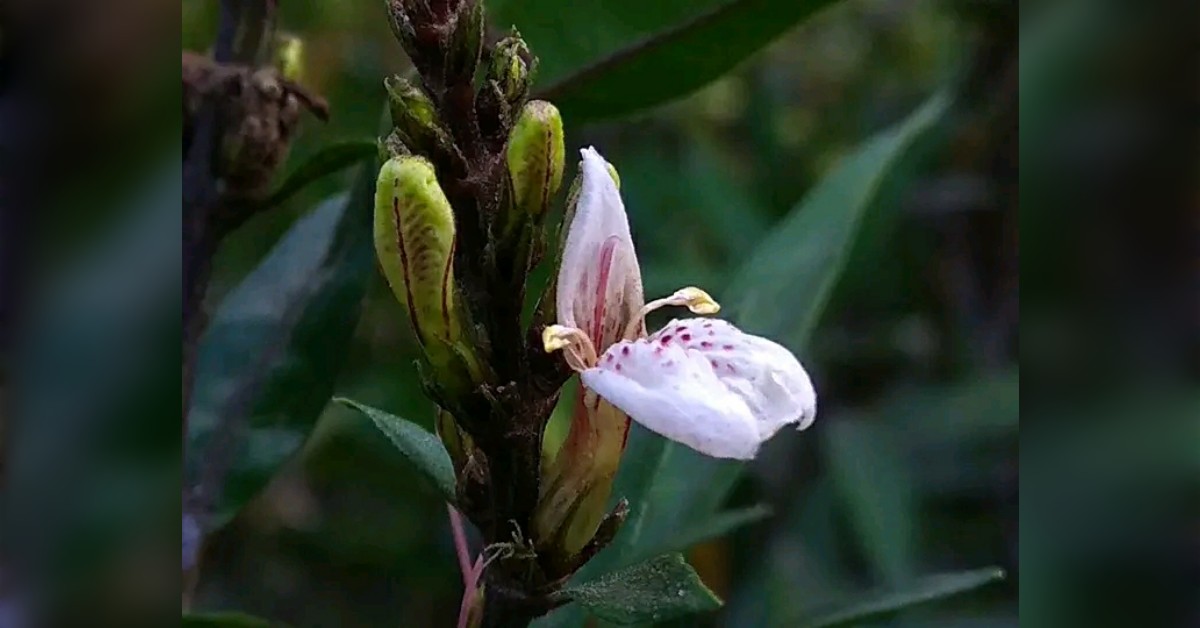
An individual flower of Justicia Gendarussa is 80 percent white, 20 percent purple in color. A Justicia Gendarussa plant is able to provide flowers after 90 days. The flowers are medicinal, new flowers bloom at intervals of 2 months. However, more flowers bloom in spring and monsoon. Flower diagram spike. Two large petals of the flower, the flower blooms in the form of bunches. 10 to 12 flowers per stem of a plant bloom 6 days apart. A disease-free and fresh flower weighs 2 to 2.5 grams. 400 to 450 flowers are needed in one kg weight. The stamens of the flower can be seen from the outside, of light purple color. But the pistil is located in the center and inside of the flower. Flower pollination self pollination, cross pollination. The flowers are rich in honey, Good Smell, the beetles are attracted, the flowers dry up after 3-4 days and the seeding process begins. Domestic animals do not eat flowers. This flower is Poison-free. Flower bloom at January to mid April month. It’s Winter Season in Asia.
The leaves of the Justicia Gendarussa plant are discussed.
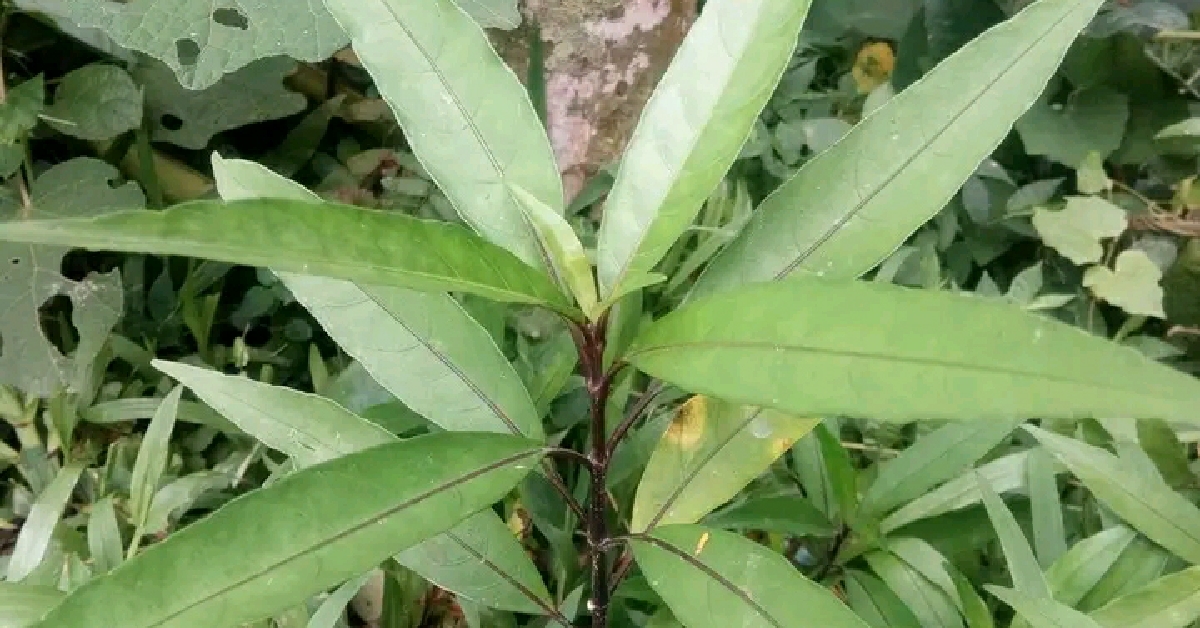
Justicia Gendarussa plant leaves are 3 to 4 inches long, 0.5 inch wide. An average leaf weight is 2 to 2.5 grams. The leaves are juicy and slightly fragrant. However, it has many medicinal properties. Leaves chewed in the mouth, taste bitter. The leaves of this plant mature in 10 days and have the proper shape. After 20 days the leaves turn yellow and fall to the ground. So the lifespan of a leaf is 25 to 30 days.
The leaves of Justicia Gendarussa are green in color but the midrib is black in color. Petiole 1 cm long and black in color. The lamina is green and associated with plastids. Leaf veins are light black. The margin is of green color. The tip of the leaf is green in color.
Discussion about the Stem of Justicia Gendarussa.
The stem of Justicia Gendarussa is strong, covered with black color and has white wood inside. Which helps the plant to stand firmly on the ground. The surface of the stem is black and juicy. Bit bitter to eat. A Justicia Gendarussa plant has 10 to 17 stems. This Stem uses water and mineral salts to reach the leaves of the plant.
Discussion about the Roots of Justicia Gendarussa.
The roots of Justicia Gendarussa are white in color. The roots are lush and tender. Roots contain 40 percent water, 20 percent mineral salts and other elements. A plant has a primary root. However, if the age increases, the secondary root number of the plant increases. A 90-day-old Justicia Gendarussa root is 8 inches long and 6 inches wide. The roots of this plant are strong enough to prevent soil erosion.
Discussion about the Seeds of Justicia Gendarussa.
Willow-leaved Justicia (Justicia gendarussa) does produce seeds. The seeds of this plant are a focus of research due to their potential contraceptive properties, as mentioned earlier. However, the availability of seeds may vary depending on factors such as the plant’s growth, flowering, and fruiting seasons. The weight and color of Willow-leaved Justicia (Justicia gendarussa) seeds can vary. Generally, the seeds are small and dark brown to black in color. Their weight is relatively light, as is typical for many plant seeds. Specific details may vary based on factors such as the maturity of the seeds and environmental conditions.
Scientific Classification of the Justicia Gendarussa.
| Name | Classification |
|---|---|
| Kingdom: | Plantae |
| Clade: | Tracheophytes |
| Clade: | Angiosperms |
| Clade: | Eudicots |
| Clade: | Asterids |
| Order: | Lamiales |
| Family: | Acanthaceae |
| Genus: | Justicia |
| Species: | Justicia gendarussa |
| Binomial name: | Justicia gendarussa |
| Popularity: | 40% |
| Demand: | Medium |
Benefits of the Justicia Gendarussa: Uses.
Basically the Justicia Gendarussa plant has three uses.
1. Medicinal work.
2. Research work.
3. To enhance the beauty of the house in the rural environment.
1. Medicinal work with Willow-leaved Justicia.
Justicia Gendarussa is used to cure various domestic diseases. Justicia Gendarussa is being used to make various antibiotics in Indonesia. From 1800 to 1980, the demand and use of this plant was considerable. However, after the discovery of advanced treatment, this plant is no longer used.
A. If there is excessive pain in the body or to dry the wound, the juice of the leaves of this plant mixed with sugar is good.
B. The juice of the leaves of this plant to stop the bleeding in the body wound stops the bleeding.
C. The leaves of Justicia Gendarussa play a very effective role in relieving tonsillitis or sore throat.
D. To get rid of dandruff, grind the leaves of this plant and apply it on your hair to get rid of dandruff.
E. For chronic dysentery and jaundice, the leaves of this plant play a significant role. Eating the juice of this leaf on an empty stomach in the morning is beneficial.
F. This plant has antibacterial, antimicrobial properties, so it plays a significant role in curing all diseases.
G. In case of pneumonia and respiratory diseases of small children, the leaves and flowers of this plant are eaten with sugar or honey.
2. Research work.
Justicia Gendarussa has antibacterial and antimicrobial properties, so it is used in the preparation of various antibiotics and medicines. Most research is done in Indonesia. Russia is cultivated commercially in Australia.
3. To enhance the beauty of the house in the rural environment.
From 1700 to 1980 in the countries of India, Bangladesh, Africa, Myanmar, people used to enhance beauty and medicinal plants around the house. It would have increased the beauty around the house. Rural people used the leaves of this plant to stop the blood when there is a wound anywhere on the body. So they always kept this plant close at hand.
Caring for an justicia Gendarussa.
1. Sandy or loamy soil is suitable for Justicia Gendarussa seedlings. When the seedlings are 20 days old, light water and compost should be given around the seedlings.
2. Chemical fertilizers should be used less. Organic fertilizers must be used. Organic fertilizers increase the height of seedlings quickly.
3. Justicia Gendarussa is drought tolerant and does not die from excess water. Survives in any environment. So less fertilizer or water is given.
4. Surround the plant with mesh. So that the animals can not destroy the plant.
5. If cultivating in a tub, water should be given twice a week in the tub. The tub should be kept in a place that gets 6 hours of sunlight daily.
6. If the plant is infested with additional spiders, poison can be applied for control.
Justicia Gendarussa Characteristics.
The leaves of Justicia Gendarussa are opposite, the shape is thin and long, the leaves are green in color, 3 to 4 inches long, 0.5 inch wide. Flowers 2 to 2.5 glam, white color and purple color are mixed. The stem is thin, long and black in color. The plant grows in bunches.
Propagation process of the Justicia Gendarussa.
You can propagate Justicia Gendarussa in 3 ways.
| Serial | Name of the propagation. |
|---|---|
| 01. | Propagation from Seeds. |
| 02. | Propagation from Cuttings. |
| 03. | Plant Clone. |
01. Propagation from Seeds:
A. Collect mature seeds from the plant.
B. Clean the seeds and soak them in water for a few hours.
C. Plant the soaked seeds in a well-draining soil mix.
D. Keep the soil consistently moist until germination occurs.
02. Propagation from Cuttings:
A. Take a cutting from a healthy, mature plant, preferably a young stem with a few leaves.
B. Remove lower leaves from the cutting to expose a node.
C. Dip the cut end in a rooting hormone.
D. Plant the cutting in a pot with a suitable rooting medium.
E. Keep the cutting in a warm, humid environment until roots develop.
03. To biologically clone of Justicia gendarussa.
A. Take 4-6 inch cuttings from a healthy plant.
B. Remove excess leaves and dip cut ends in rooting hormone.
C. Plant in well-draining soil or rooting medium.
D. Maintain a warm, humid environment.
E. Keep soil consistently moist.
F. Roots develop in a few weeks to a month.
G. Transplant into larger pots or garden once roots are established.
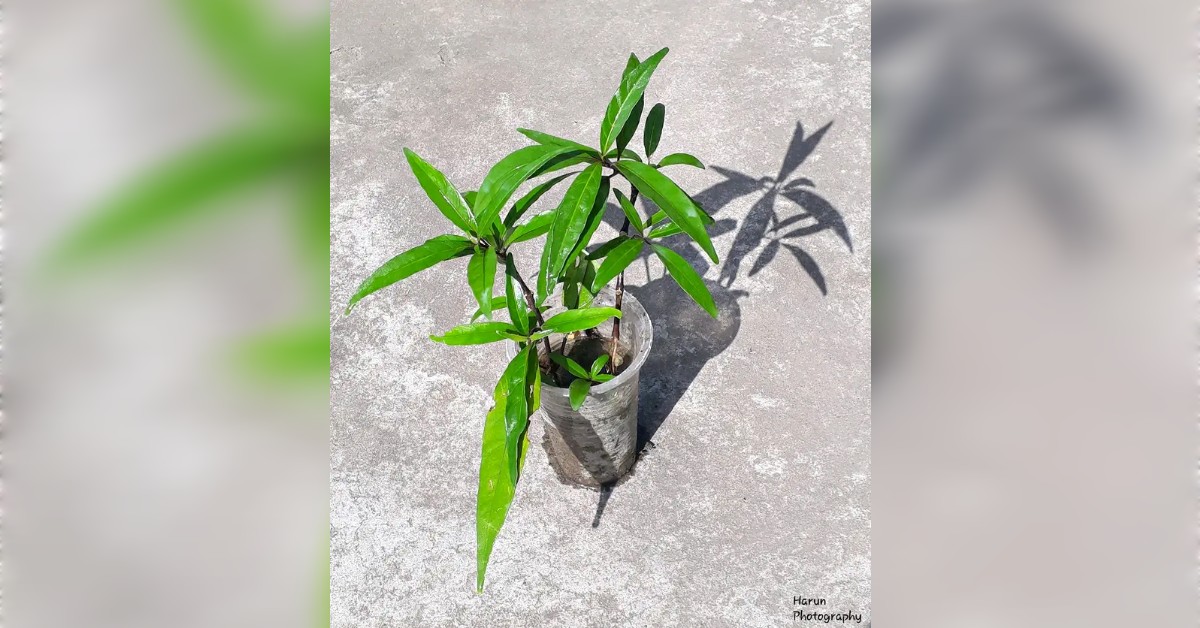
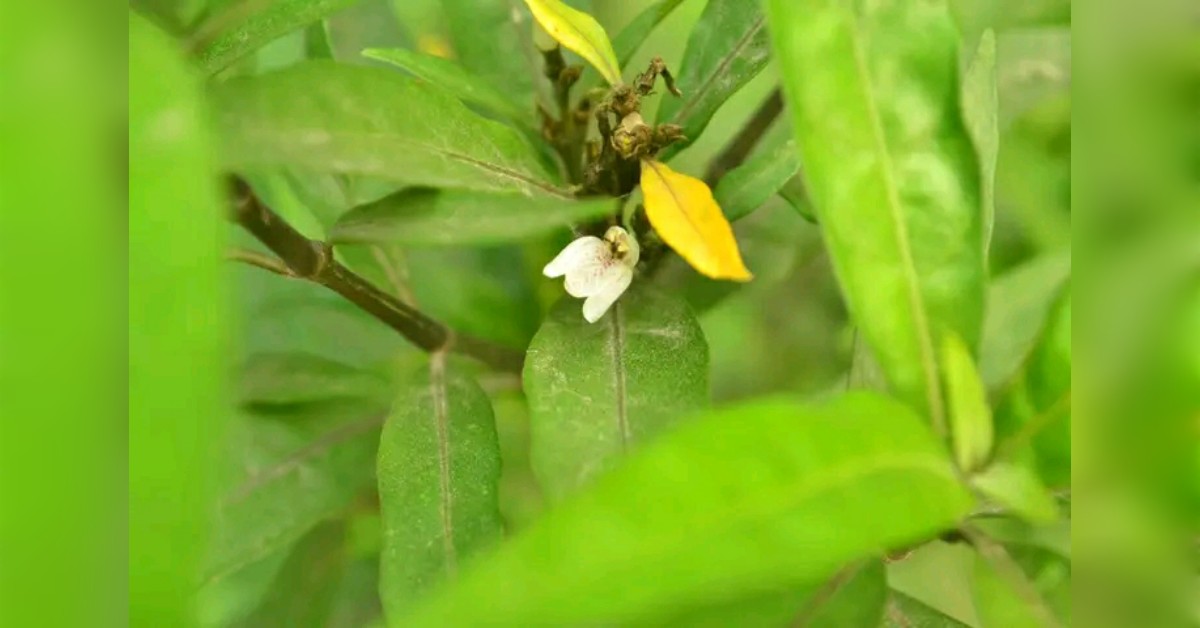
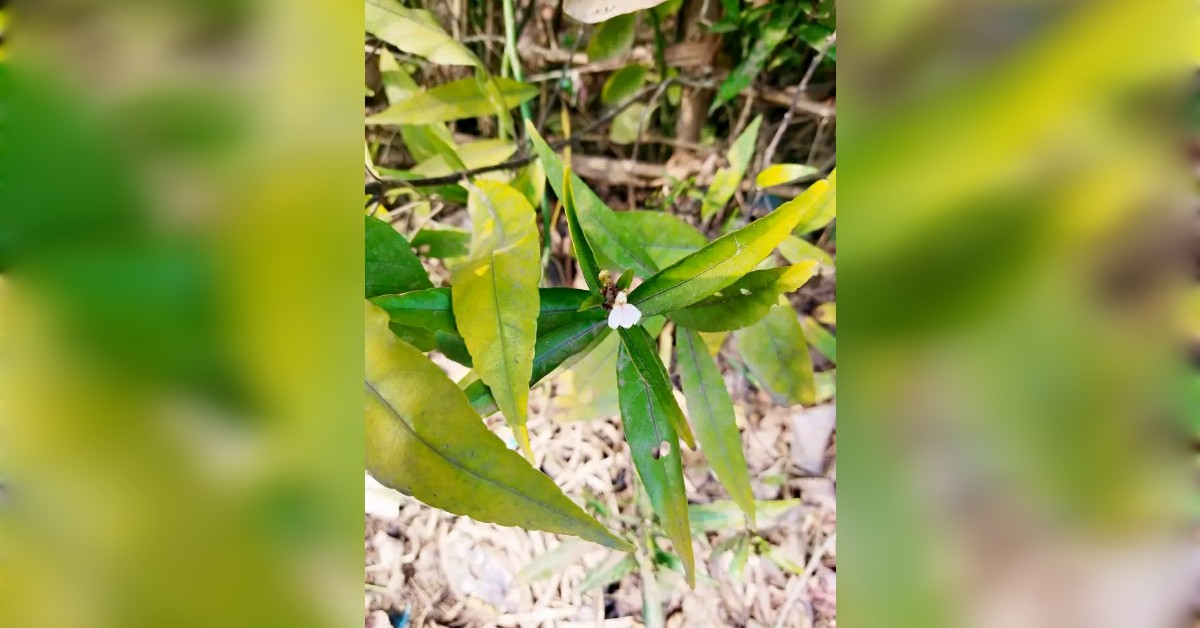

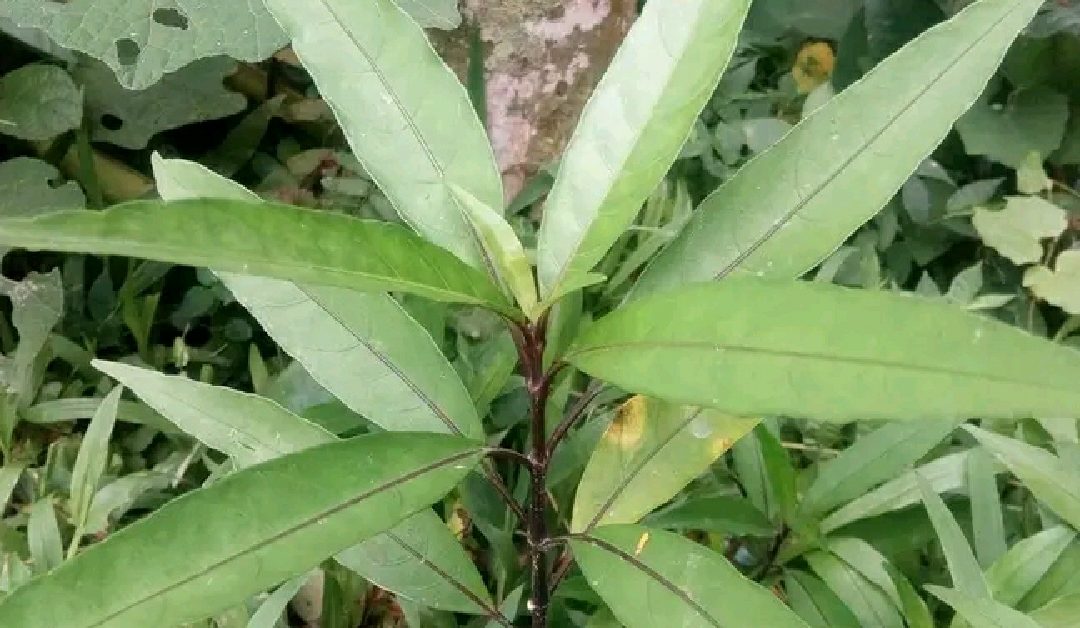
Шлю любовь из России.
Представляем Вам академию онлайн обучения по 26 направлениям. Сейчас онлайн обучение очень популярно, потому что это – огромная экономия времени. Очное получение знаний не на столько эффективно, но физически и материально затратно. Также возможно проходить ускоренные программы, которые не повредят вашим познаниям. Обращайтесь за консультацией на веб ресурс maps-edu.ru и мы несомненно поможем решиться со сферой деятельности, программой и дадим ответы на все возникшие вопросы.
В России мы называли его Ж.Гендарусса.
Wow… Accurate research and measurement
Thank you dear. Don’t forget to share with your frind.
Number one article.
Thank you.